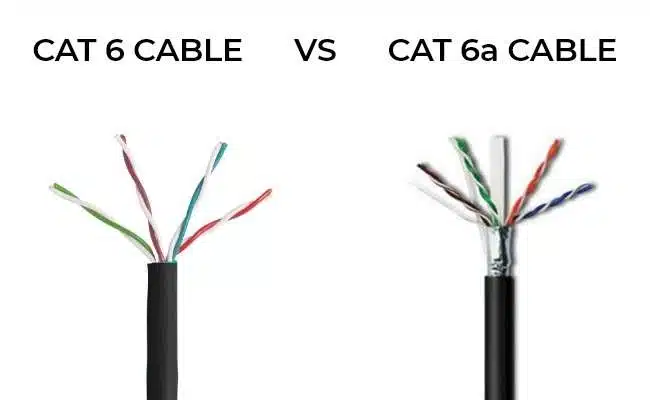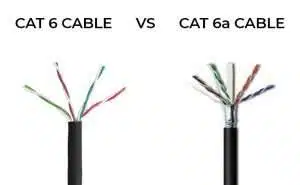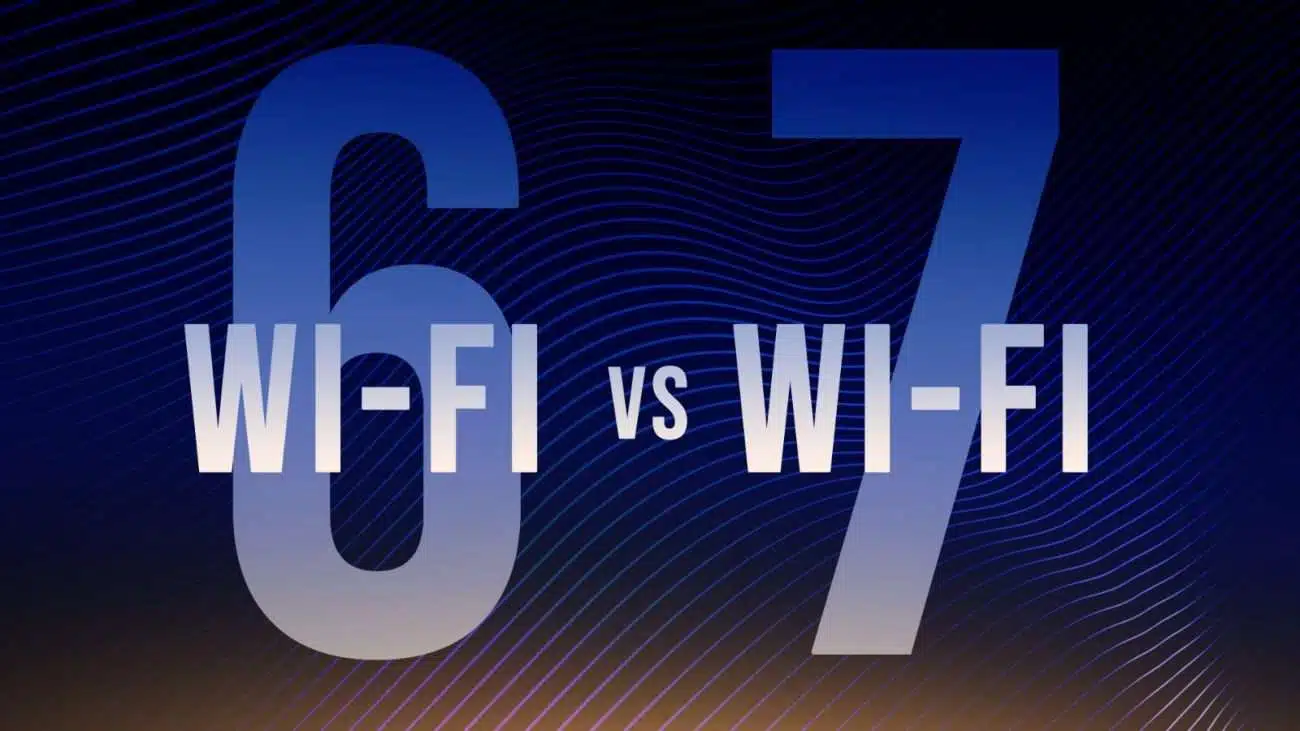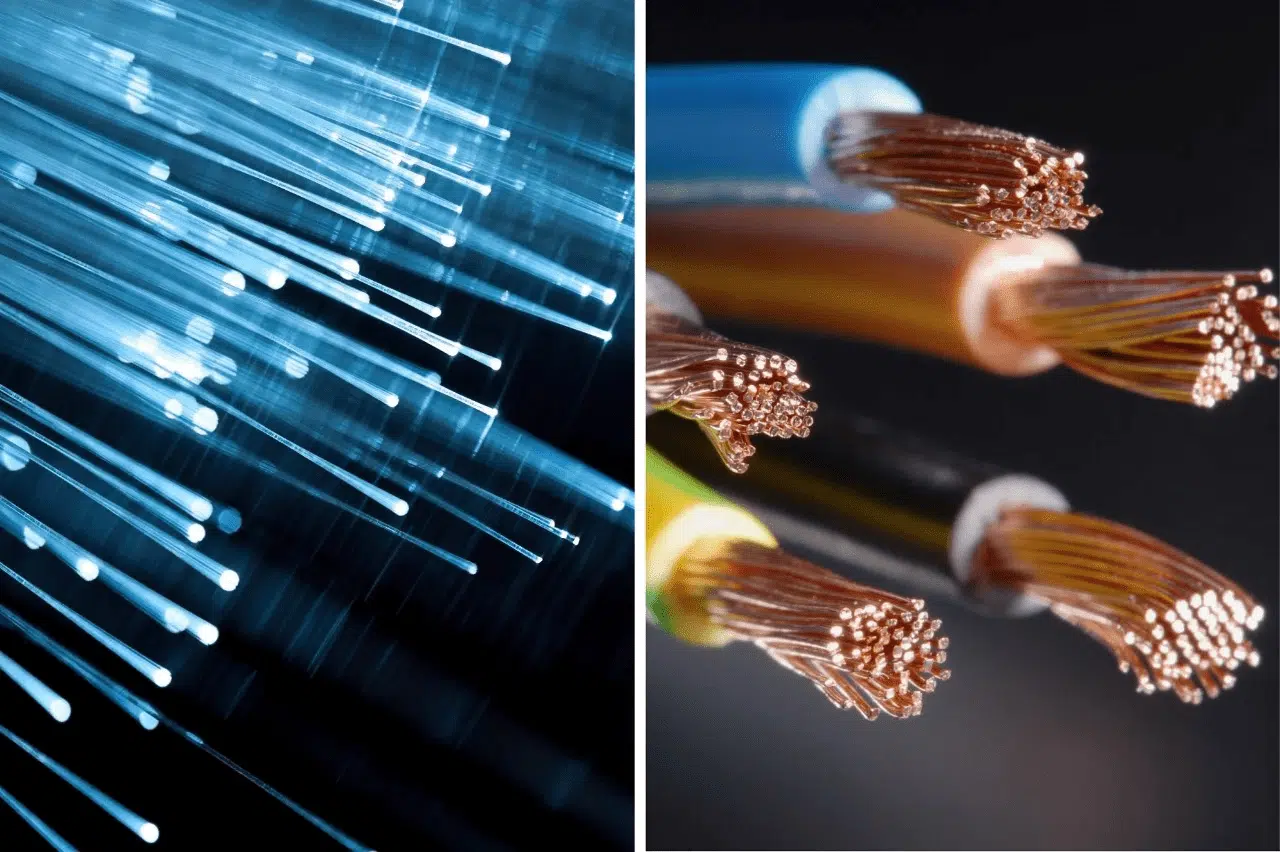The most commonly used twisted-pair copper Ethernet cables include Cat6, and Cat6A, although fiber optic cables are increasingly used today, twisted-pair copper Ethernet cabling still can’t be replaced in many application areas. In practice, most network faults are caused by poor or unsuitable cabling systems. Therefore, choosing a suitable Ethernet cable is vital for your business or home networks. Then you must know what the differences between Cat 6 and Cat 6A are and be clear about when to choose the right one for specific applications. I hope this article will help.
Differences between Cat 6 and Cat 6A
Speed, Distance, Bandwidth
The wider the bandwidth, the higher the transmission speed. Both Cat6 and Cat6A Ethernet cables support 1 Gigabit 1000BASE-T network transmission speeds up to 100 meters distance when operating at up to 10Gbps, Cat6 allows for maximum lengths of 55 meters, while Cat6A supports up to 100 meters.
Cat6 – Up to 10Gbps speed, 250 MHz bandwidth, 55 meters distance.
Cat6A – Up to 10Gbps speed, 500 MHz bandwidth, 100 meters distance.
Unshielded or Shield
Cat6 Ethernet cables are characteristic of an unshielded twisted pair structure (UTP), whereas Cat6A adopts a shield foil twisted pair structure (SFTP). The major difference between these two types of structures is using shield protection, which results in performance differences in EMI and crosstalk. Cat6A enjoys better protection from EMI and crosstalk compared to Cat6. However, it leads to a relatively higher cost and a thicker wire diameter. So although Cat6 is not as good as Cat6A in its performance against EMI and crosswalk, it gets the advantages of low cost and easy deployment.
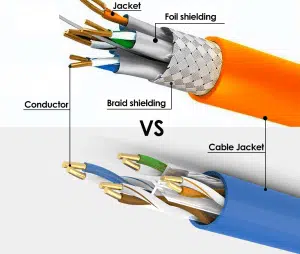
blog 2.2.
| Cable Type | Structure | Bandwidth | Speed | Distance | Connector | Crosstalk |
| Cat6 | Unshielded twisted pair | 250 MHz | 10Gbps | 100m(1Gbps)
55m(10Gbps) |
RJ45 | Cat6 >cat6A |
| Cat6A | Shield foil twisted pair | 500 MHz | 10Gbps | 100m | RJ45 |
What needs to be confirmed when choosing an Ethernet cable?
– Confirm the compatibility of your network device (switches, network cards) with the cable.
– Confirm if the cable manufacturing is in strict accordance with international standard protocols.
– Confirm if there is enough transmission margin in your cabling system in case of future network upgrades.
– Confirm the connectivity distance between your network devices. For example, if you need more than 55 meters’ transmission distance at 10 Gbps speed. Cat6A should be chosen instead of Cat6. However, for a short connection to the home network or office network, Cat6 cables are sufficient.




